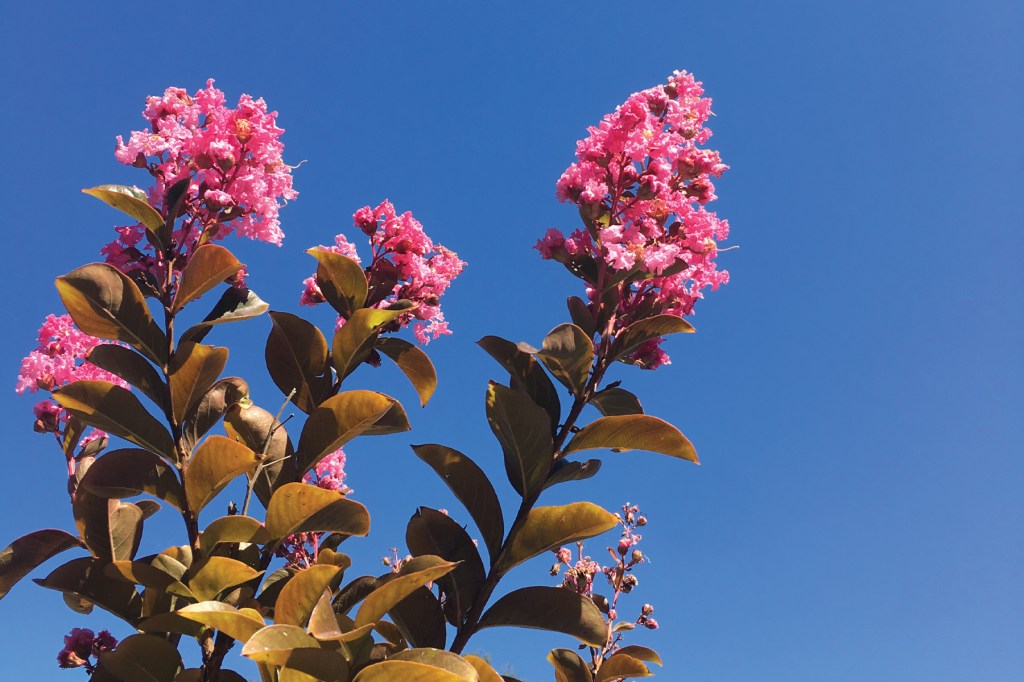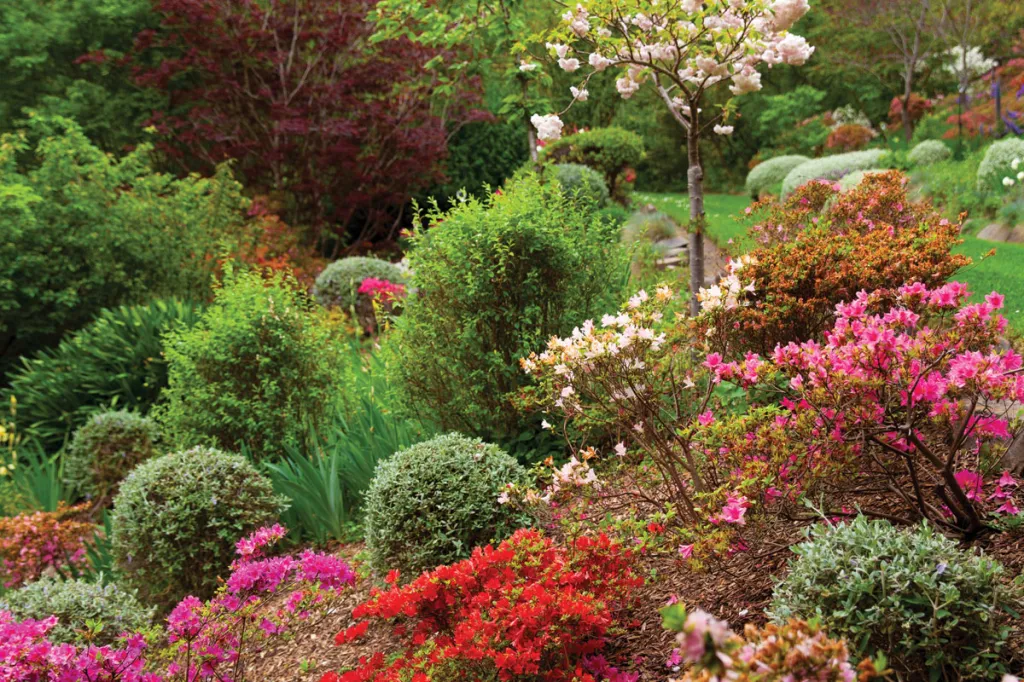Crafting the perfect potting mix
When cultivating healthy, thriving plants, the significance of potting mix or growing media cannot be overstated. It serves as the foundation for plant health, providing not just a place for roots to anchor, but also a balanced environment where essential nutrients, moisture, and air can combine to support plant growth.

While it may be tempting to think of potting mix as just soil or dirt, this common misconception overlooks the specialised formulation that quality potting mixes represent. Understanding the characteristics and components of a high-quality potting mix is crucial for any gardener, whether a novice or a seasoned expert.
Here is a guide to help you out:
Characteristics of a quality potting mix
A good potting mix must fulfill several vital functions. First and foremost, it should provide adequate aeration for the plant roots; roots require oxygen to thrive, and a mix that retains too much water can suffocate them. At the same time, the mix should offer enough structure to support the plant and keep it stable within its pot. Additionally, it must have the capability to absorb and retain nutrients and moisture, releasing them gradually as the plant needs them. This balance is critical for preventing both nutrient deficiencies and waterlogging.
Most potting mixes typically have a pH range of 5.0 to 6.5, which is ideal for most plants. However, it’s worth noting that some plants have specific pH requirements, either higher or lower, depending on their natural habitat. A quality potting mix should drain well, ensuring that excess water can escape, while still retaining enough moisture to keep the plant hydrated and nourished.

Common ingredients in potting mixes
In Australia, the dominant ingredient in many potting mixes is composted and processed pine bark (Pinus radiata). This material is favoured because of its availability and sustainability, particularly in regions such as South Australia where pine bark is abundant.
To enhance moisture retention, ingredients such as cocopeat or peat moss are often added to potting mixes. These materials have excellent water-holding capacity, ensuring that plants remain hydrated for extended periods. In addition to these primary ingredients, various other components can enhance the quality of potting mixes. Perlite and vermiculite are lightweight materials that improve aeration and drainage, while sawdust or wood chips can provide organic matter and improve the overall texture of the mix. Each of these components plays a role in creating an ideal environment for plant growth.
Nutritional enhancements
For plants to thrive, potting mixes often contain trace elements and fertilisers that bolster plant health and nutrition. Some common additives include:
Lime: Used to raise the pH of the mix when necessary.
Dolomite: This not only helps adjust pH levels but also adds essential calcium and magnesium.
Iron: Often included to lower pH and enhance nutrient availability.
Nitrogen sources: Critical for overall plant nutrition, particularly for leafy growth.
Micronutrients: These are vital for various physiological functions within the plant.
Wetting agents: These help the mix retain moisture and ensure that it can be easily rewetted after drying out.
Subscribe for updates
Controlled-release fertilisers: These provide a steady supply of nutrients over time.

Diverse applications of potting mixes
The diversity of plants and their unique needs has led to the development of specialised potting mixes tailored for specific applications. For example:
General Purpose Premium Potting Mix: This versatile mix is suitable for a wide range of plants and gardening applications.
Native Potting Mix: Formulated for Australian native plants, this mix often has low or no phosphorus content and typically maintains a pH of around 5.0.
Propagation Mix: Designed with high air-filled porosity and minimal nutrients, this mix is ideal for seedling development.
Seedling Mix and Bedding Plant Mix: Generally finer in texture, this mix is tailored for small pots or trays, providing optimal conditions for initial growth before transplanting.
Custom Blends: Many suppliers offer a variety of custom blends, including organic mixes, acidic mixes for specific plant types, and even blends designed for rooftop gardens or wicking systems.

Innovative sources of potting mix
In recent years, there has been growing interest in using alternative materials to create potting mixes. Composted green waste from local councils and sawdust or wood shavings from timber mills are increasingly being used as cost-effective ingredients. When processed properly, these materials can contribute to low-cost blends that are both sustainable and beneficial for plants. Such innovations not only reduce waste but also make gardening more accessible by lowering the cost of essential supplies.
The choice of potting mix plays a crucial role in the success of growing plants. Understanding its components, characteristics and the specific needs of your plants will enable you to create an optimal growing environment. By selecting the right mix and being mindful of watering and nutrient needs, you can cultivate a thriving garden, whether it be indoors or outdoors.
South Australian gardeners are fortunate to have access to quality potting mix that has been specifically formulated for local gardens, including Van Schaik’s Bio Gro, which is a family-owned South Australian company that has been developing potting mixes in Australia for 50 years.
With the best quality potting mix in hand, you’re well on your way to nurturing beautiful and robust plants that will bring joy and vibrancy to your space.
This article first appeared in the Summer 2024 issue of SALIFE Gardens & Outdoor Living magazine.

